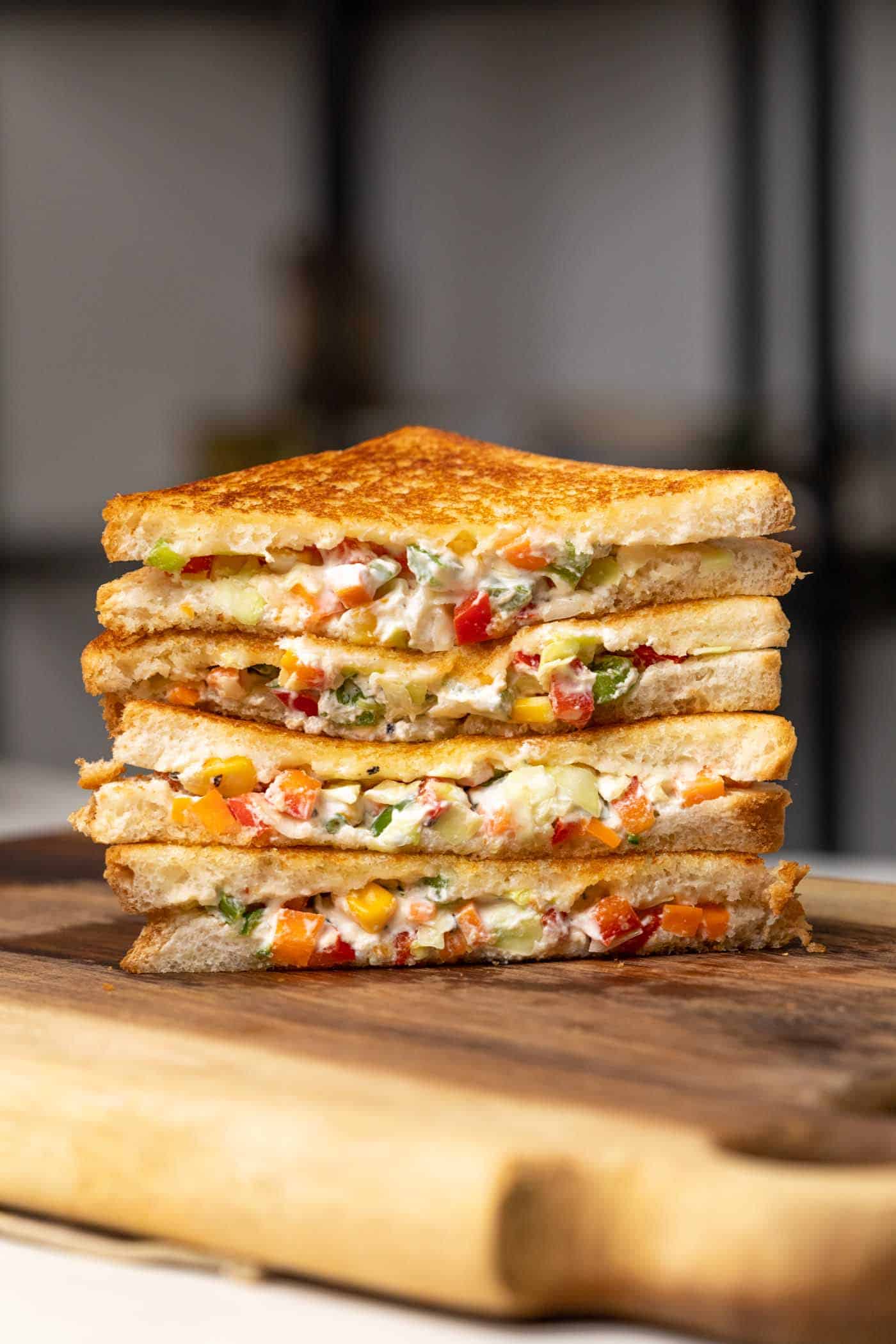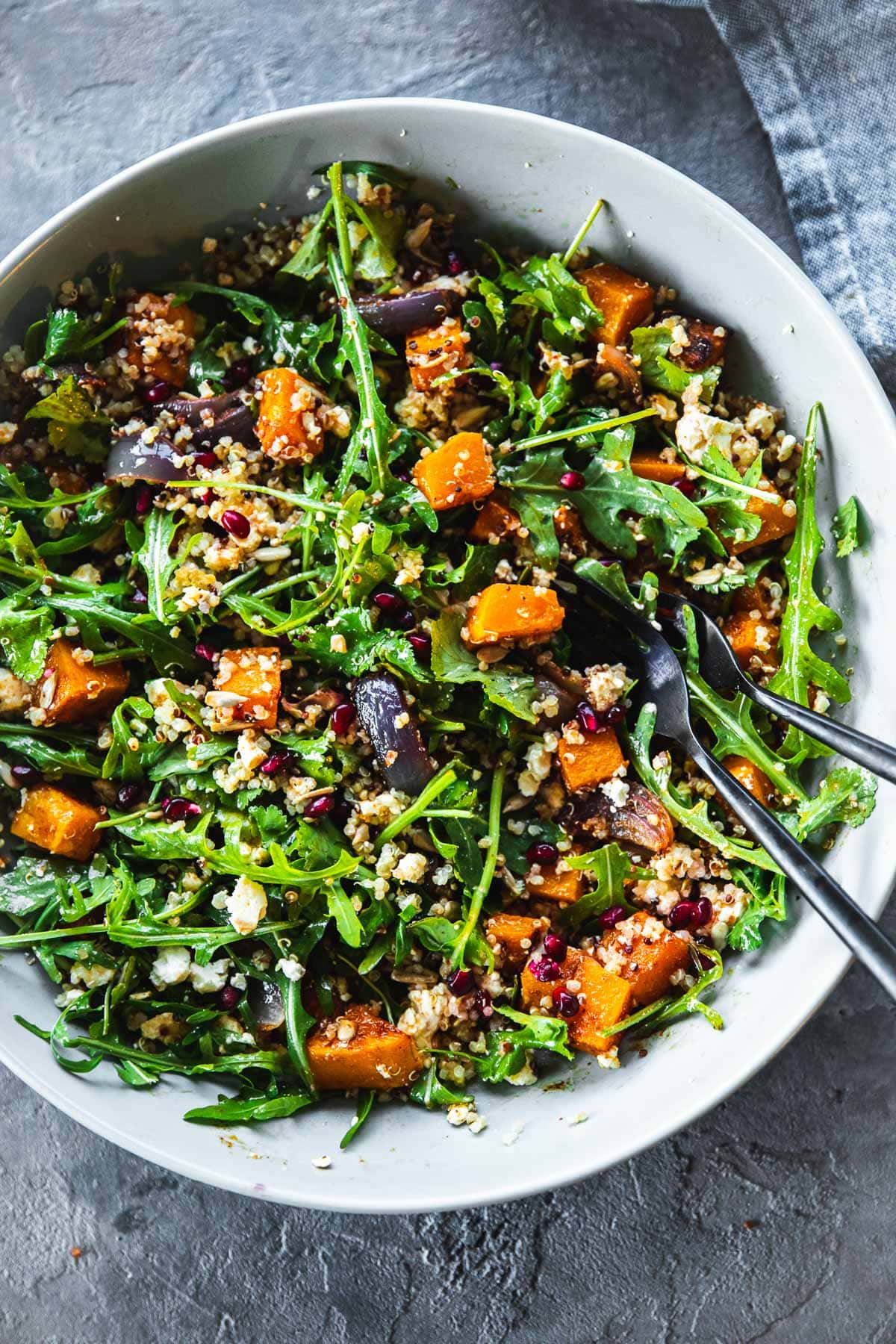The Fight for L.A.’s Street Food Vendors
Outside the Big Saver Foods market in the small Los Angeles neighborhood of El Sereno, a cluster of sidewalk vendors wait in the parking lot for hungry customers to finish their shopping and stop by for a pupusa or an agua fresca. Follow the tantalizing scent of smoke and grilled chicken that wafts through the air, and you’ll arrive at Pollos Asado El Jaimito, where vendor Jaimie Trujillo is cooking up whole, spatchcocked birds on his outdoor grill.
Trujillo has been making his living as a street vendor in L.A. for three years, but he has only been setting up at this spot for a couple of months. At his previous location, local authorities sometimes cracked down on him for operating without a vending permit. Once, he even had to run and hide from them, lugging his entire grill full of chickens with him on foot so it wouldn’t be confiscated.
Still, Trujillo hasn’t tried to get a permit, because of the warnings he’s heard from other vendors. “They say it’s very difficult, because you need permission, kitchen licenses, and all these permits,” he says in Spanish.
Trujillo’s situation isn’t an uncommon one for street vendors in L.A., where the practice of selling food outdoors has been strictly regulated since tamaleros from Mexico and Chinese immigrants operating pushcarts became commonplace in the city around the turn of the 20th Century.
Even though vending was technically legalized in California in 2018, state public health laws still make it almost impossible for most local vendors to get the permits they need to sell food in the formal economy, requiring extensive (and expensive) cart setups and prohibiting tasks like reheating food or cutting fruit.
Now, some advocates and politicians are pushing to overhaul the state’s outdated food code as part of a long-standing struggle to protect vendors from harassment, fines, and legal troubles. But others worry the proposed regulations don’t prioritize food safety enough to protect consumers.
It’s a battle that has been playing out for years in the many major U.S. cities where vending is either banned or strictly regulated. After street food carts were legalized in Chicago in 2015, advocates had to fight to lower steep licensing fines, and vendors in the city still aren’t allowed to prepare food on their carts or at home. In New York, vendors are pushing to reform a system where they can pay upwards of $20,000 for one of a limited number of permits on the black market.
“Vendors provide affordable, healthy foods in neighborhoods that sometimes lack resources like grocery stores. They also activate space—there are a lot of streets in our neighborhoods that would otherwise be empty and lonely at night.”
In L.A., where carts selling chili-topped fruits, pupusas, and tacos can be found on almost every corner, the vendor-led campaign to legalize street food began when a group of women in Boyle Heights started speaking out against vendor harassment in 2008. A decade later, after years of protests and packed city council meetings, both the state and city made vending legal, and L.A. handed out its first vending permit in 2020.
“The general population really got behind it, because people love their vendors. And it made no sense for them to be cited,” says Carla De Paz, an organizer with Community Power Collective, which currently works with about 2,500 vendors in L.A.
She says that aside from being a critical source of income for those who need alternative options for work—such as seniors, single moms, undocumented individuals, or formerly incarcerated people—vendors are an irreplaceable part of in L.A.’s communities.
“Vendors provide affordable, healthy foods in neighborhoods that sometimes lack resources like grocery stores,” says De Paz. “They also activate space—there are a lot of streets in our neighborhoods that would otherwise be empty and lonely at night.”
Technically Legal, But Cost-Prohibitive
Years after the vending program’s launch, however, only 204 of the estimated 10,000 vendors that occupy L.A.’s sidewalks have received permits, according to the Department of Public Works.
A 2021 report from University of California, Los Angeles (UCLA) and Public Counsel asserted that one of the major reasons permit numbers have remained so low is the inability of vendors to acquire county public health licenses, which are a prerequisite. To obtain a license, vending operations have to comply with the rules for “mobile food facilities” laid out in California’s Retail Food Code.
Written before street vending was legalized, the state code is tailored toward food trucks and catering operations and requires that vendors have things like a three-basin sink, 20 gallons of water on hand at all times, and mechanical exhaust ventilation over hot cooking equipment. It also prohibits tasks like cutting fruit and reheating and hot-holding most foods—essentially banning vendors who sell items like tacos and fresh fruit out of carts.
An example of a compliant, made-to-order taco cart laid out in the report is nearly 17 feet long and is estimated to weigh about 1,200 to 1,800 pounds—if built to code, it would likely block the entire sidewalk.

This image from the UCLA / Public Counsel report shows how large a taco cart would need to be to meet the current food code.
“Right now, we have a public policy that says vending is legal, and we want to encourage sidewalk vending,” says report co-author Doug Smith, an attorney for Public Counsel. “But we still apply these food safety rules that are either impossible to comply with because the resulting equipment would be larger than the sidewalk itself and too heavy to push, or it’s prohibitively expensive.”







